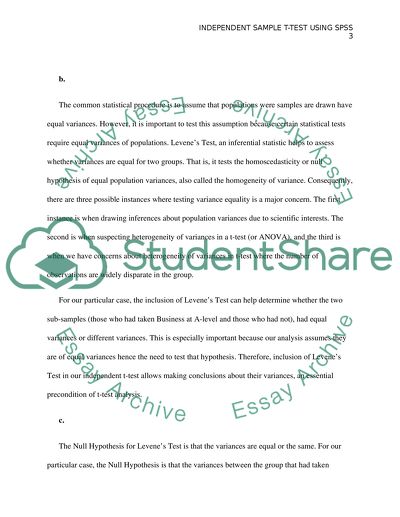Cite this document
(“Independent Sample t-test Using SPSS Coursework”, n.d.)
Independent Sample t-test Using SPSS Coursework. Retrieved from https://studentshare.org/statistics/1677795-independent-samples-t-test-using-spss
Independent Sample t-test Using SPSS Coursework. Retrieved from https://studentshare.org/statistics/1677795-independent-samples-t-test-using-spss
(Independent Sample T-Test Using SPSS Coursework)
Independent Sample T-Test Using SPSS Coursework. https://studentshare.org/statistics/1677795-independent-samples-t-test-using-spss.
Independent Sample T-Test Using SPSS Coursework. https://studentshare.org/statistics/1677795-independent-samples-t-test-using-spss.
“Independent Sample T-Test Using SPSS Coursework”, n.d. https://studentshare.org/statistics/1677795-independent-samples-t-test-using-spss.


